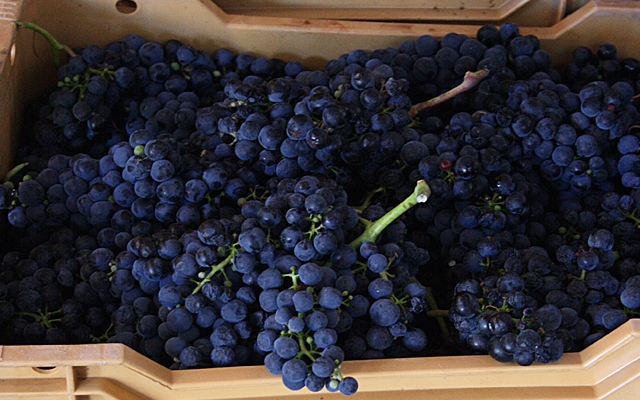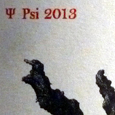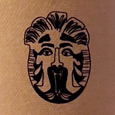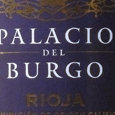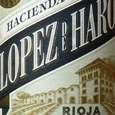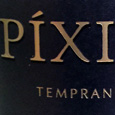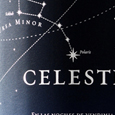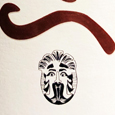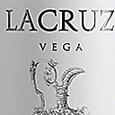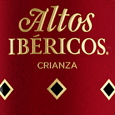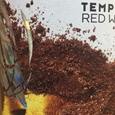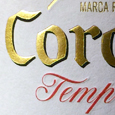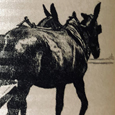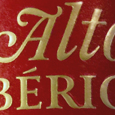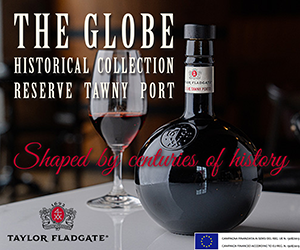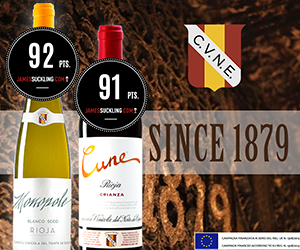Tempranillo runs as prolific as the bulls in Spain.
The dark blue-black grape is as ancient as winemaking in Iberia, dating back to the Phoenicians. The name is the diminutive of the Spanish temprano, early, and refers to the grape’s early ripening and early harvest. This short growing season is what allows it to survive and thrive in the harsh continental climatic conditions across central and northern Spain and throughout Portugal. Today there are dozens of names for this deep coloured grape, including aragonês, cencibel, tinta fina, tinta roriz, tinto de toro and ull de llebre. It is said the Spanish have counted 552 different clones of tempranillo, reflecting centuries of accidental mutations and massale selection. Clone and location matters, though the hallmark tobacco leaves, dark black fruit, leather and plums are expressed across its homeland of Spain, as well as in Portugal, Argentina, Washington, California and via a splash here in BC. Lower in tannins and potent in flavour, tempranillo is oft blended with garnacha, mazuelo and graciano, as in the classic blend of Rioja.
You'll have the opportunity to taste dozens of tempranillo and tempranillo blends at this month's Vancouver International Wine Festival, with Spain and Portugal the theme regions. Here are 30 tempranillos recently tasted at GOW:

 quicksearch
quicksearch

